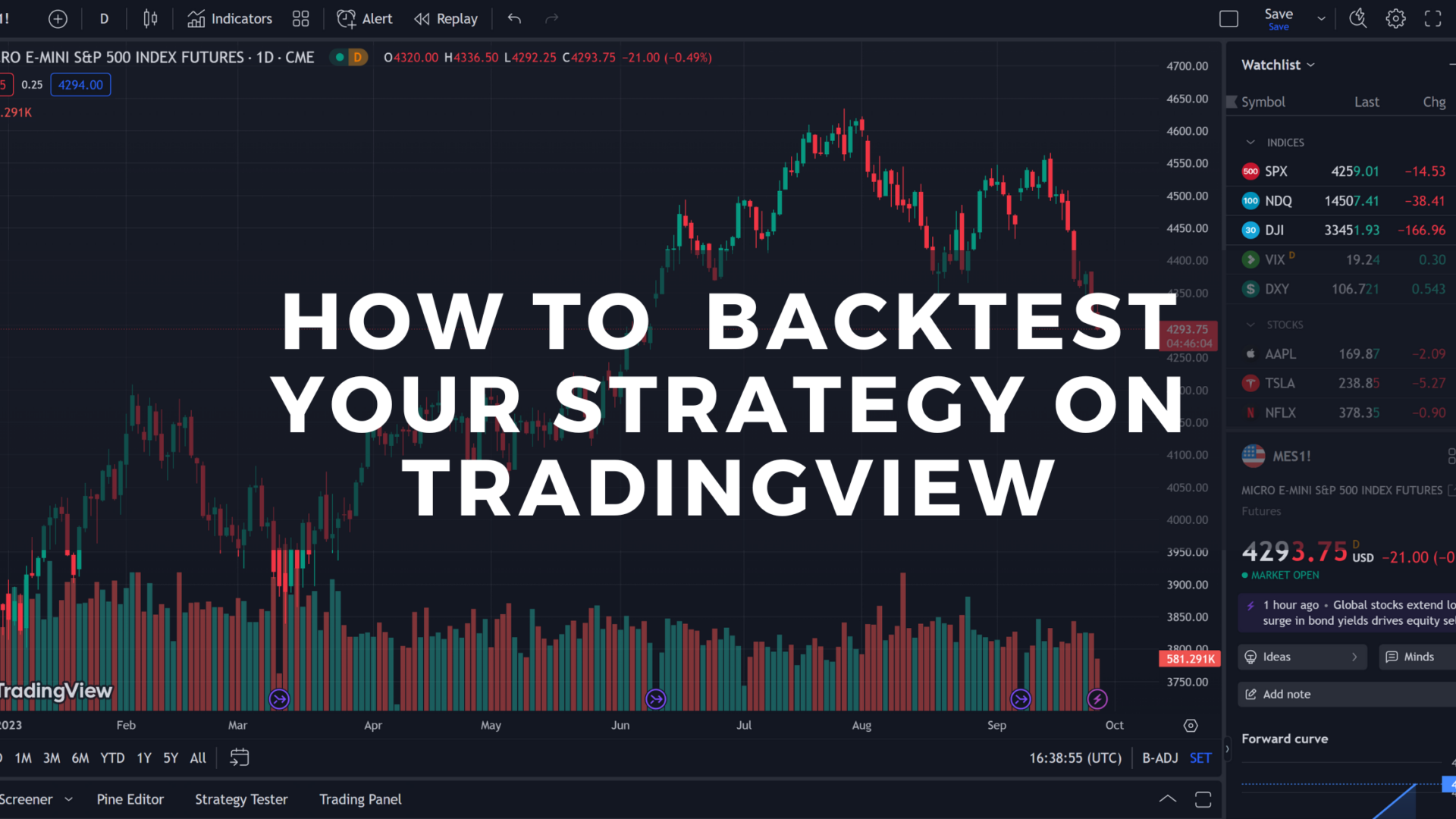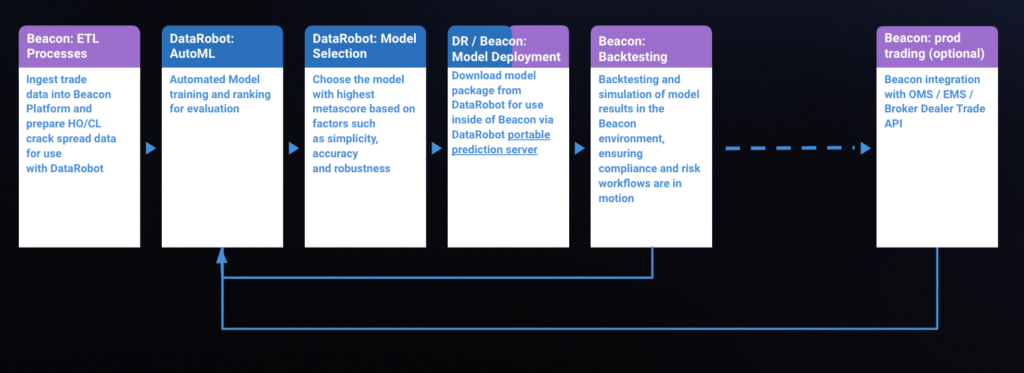Did you know that the fastest recorded trade execution time is less than a millisecond? In the world of high-frequency trading (HFT), having the right tools and software can mean the difference between profit and loss in the blink of an eye. This article dives into essential aspects of HFT, covering everything from the best tools and software to choose, to understanding latency and implementing risk management. We’ll explore key features to look for in trading platforms, the programming languages that power HFT, essential data feeds, and how to backtest your algorithms effectively. Plus, we’ll discuss the costs associated with these tools and the top brokerages to consider. With insights from DayTradingBusiness, you’ll be well-equipped to navigate the fast-paced world of high-frequency trading and optimize your strategies for success.
What are the best tools for high-frequency trading?
The best tools for high-frequency trading include:
1. Trading Platforms: Interactive Brokers, MetaTrader, and TradeStation offer robust trading capabilities with low latency.
2. Algorithmic Trading Software: QuantConnect, Quantopian, and AlgoTrader allow for strategy development and backtesting.
3. Market Data Feeds: Bloomberg Terminal, Reuters Eikon, and TickData provide real-time data essential for high-frequency trading.
4. Execution Management Systems (EMS): FlexTrade and Eze Software help optimize order execution.
5. Risk Management Tools: Axioma and RiskMetrics assist in monitoring and managing trading risks.
These tools enhance speed, efficiency, and precision in executing trades.
How does high-frequency trading software work?
High-frequency trading (HFT) software uses algorithms to execute trades at extremely high speeds, often in milliseconds. It analyzes market data, identifies patterns, and makes decisions based on quantitative strategies. The software connects directly to exchanges to minimize latency, enabling rapid order execution. It often employs advanced statistical models and machine learning to optimize trading strategies and manage risks. HFT platforms also include features for real-time data analysis and transaction monitoring to adapt to market changes instantly.
What features should I look for in trading platforms?
Look for these features in trading platforms for high-frequency trading:
1. Speed: Low latency execution is crucial for high-frequency strategies.
2. API Access: Ensure robust API support for algorithmic trading.
3. Market Data: Real-time data feeds with minimal delays are essential.
4. Order Types: Advanced order types like limit, market, and stop orders are important.
5. Backtesting Tools: Capabilities to test strategies against historical data.
6. Customizability: Ability to tailor the interface and tools to your trading style.
7. Risk Management Features: Tools for setting alerts and managing exposure.
8. Security: Strong encryption and safety protocols to protect your data and funds.
9. User Interface: An intuitive layout that allows for quick navigation and order placement.
10. Cost Structure: Competitive fees and commissions suitable for high-frequency trading.
How do I choose the right algorithm for high-frequency trading?
To choose the right algorithm for high-frequency trading, assess your trading strategy's goals, such as market making or arbitrage. Analyze data latency, execution speed, and transaction costs. Consider algorithms that fit your strategy, like mean reversion or momentum strategies. Evaluate backtesting capabilities and real-time data integration of tools. Lastly, ensure your infrastructure supports low-latency execution and scalability.
What programming languages are commonly used in HFT?
Common programming languages used in high-frequency trading (HFT) include C++, Java, Python, and R. C++ is favored for its speed and efficiency, making it ideal for low-latency trading systems. Java is popular for its portability and ease of use in developing complex algorithms. Python is often used for prototyping and data analysis due to its simplicity and extensive libraries. R is utilized for statistical analysis and modeling.
Which data feeds are essential for high-frequency trading?
Essential data feeds for high-frequency trading include market data feeds (like Level 2 quotes), news feeds (for real-time sentiment analysis), and execution data (for monitoring trade performance). Other critical feeds are order book data, historical price data, and analytics feeds for statistical analysis.
How can I optimize my trading strategies with software?

To optimize your trading strategies with software, start by using algorithmic trading platforms that allow backtesting and simulation. Incorporate tools like MetaTrader or TradeStation for technical analysis and automated trading. Utilize machine learning software to analyze historical data and identify patterns. Integrate APIs from brokers for real-time data access and execution. Regularly refine your algorithms based on performance metrics and market changes. Consider using risk management software to set stop-loss orders and position sizing effectively.
What are the costs associated with high-frequency trading tools?
High-frequency trading (HFT) tools come with several costs:
1. Software Licenses: HFT platforms often require expensive licenses, which can run thousands to millions of dollars annually.
2. Hardware: Specialized servers and low-latency networking equipment are necessary, costing tens of thousands of dollars.
3. Data Feeds: Real-time market data subscriptions are essential and can cost thousands monthly, depending on the provider.
4. Co-location Services: Renting space in proximity to exchanges for low-latency access can be significant, often exceeding $10,000 monthly.
5. Compliance and Regulation: Meeting regulatory requirements can incur legal fees and compliance software costs.
6. Operational Costs: Maintenance, staffing, and energy consumption add to ongoing expenses.
7. Trading Fees: Frequent trading results in higher transaction costs, including commissions and exchange fees.
These costs can accumulate quickly, making HFT a capital-intensive endeavor.
How do I implement risk management in HFT software?
To implement risk management in high-frequency trading (HFT) software, follow these steps:
1. Define Risk Parameters: Set clear thresholds for maximum loss, exposure limits, and drawdown levels.
2. Real-time Monitoring: Use tools to continuously monitor trades, positions, and market conditions. Implement alerts for breaches in risk parameters.
3. Automated Risk Controls: Integrate algorithms that automatically halt trading if risks exceed predefined limits.
4. Backtesting: Test your risk management strategies against historical data to evaluate their effectiveness.
5. Diversification: Spread investments across different assets or strategies to mitigate risk.
6. Stress Testing: Simulate extreme market conditions to assess how your software responds under stress.
7. Regular Reviews: Continuously review and update your risk management framework based on market changes and performance metrics.
Implementing these strategies will enhance risk management in your HFT software, helping to safeguard against unexpected market movements.
What role does latency play in high-frequency trading?
Latency is crucial in high-frequency trading because it directly impacts the speed of executing trades. Lower latency enables traders to react faster to market changes, ensuring they can capitalize on price discrepancies before they vanish. Even microseconds can lead to significant competitive advantages, as faster access to market data and quicker order execution can result in higher profitability. Tools and software designed for high-frequency trading prioritize minimizing latency to enhance trading performance and maintain a competitive edge.
How can I backtest my trading algorithms effectively?

To backtest your trading algorithms effectively, use specialized software like MetaTrader, NinjaTrader, or QuantConnect. Ensure your data is accurate and includes historical price data. Focus on key metrics: Sharpe ratio, drawdown, and win rate. Use a realistic simulation environment to mimic market conditions. Optimize your algorithms by tweaking parameters and rerunning tests. Finally, validate results with out-of-sample testing to avoid overfitting.
Learn about How to Backtest Day Trading Bots Effectively?
What are the top brokerages for high-frequency trading?
The top brokerages for high-frequency trading include:
1. Interactive Brokers – Offers low commissions and advanced trading tools.
2. TD Ameritrade – Known for its robust trading platform and research tools.
3. Charles Schwab – Provides a comprehensive trading experience with strong customer support.
4. E*TRADE – Features powerful tools and technology for active traders.
5. Lightspeed Trading – Tailored for high-frequency traders with low latency and excellent execution speed.
6. TradeStation – Offers advanced analytics and customizable trading strategies.
Choose based on your trading style, fees, and platform features.
How do I integrate machine learning into my trading tools?

To integrate machine learning into your trading tools, follow these steps:
1. Data Collection: Gather historical market data, including prices, volumes, and indicators. Use APIs from exchanges for real-time data.
2. Feature Engineering: Identify relevant features that influence trading decisions, such as moving averages, price momentum, and sentiment analysis from news.
3. Model Selection: Choose machine learning algorithms suitable for your goals. Common options include decision trees, neural networks, and reinforcement learning for high-frequency strategies.
4. Training the Model: Split your data into training and testing sets. Train your model using the training set, optimizing parameters to improve accuracy.
5. Backtesting: Test your model on historical data to evaluate performance. Adjust strategies based on results to minimize risk.
6. Integration: Implement the model into your trading platform. Ensure your software can execute trades based on model predictions in real-time.
7. Monitoring and Updating: Continuously monitor performance and retrain the model with new data to adapt to market changes.
By following these steps, you can effectively leverage machine learning to enhance your high-frequency trading tools.
What are the regulatory considerations for HFT software?
Regulatory considerations for high-frequency trading (HFT) software include compliance with market regulations like the SEC and FINRA in the U.S. Ensure your software adheres to rules on market manipulation, order types, and data reporting. Implement risk controls to manage exposure and prevent erroneous trades. Maintain accurate records and audits to meet transparency requirements. Be aware of specific regulations like MiFID II in Europe, which impacts HFT practices. Lastly, consider cybersecurity measures to protect sensitive trading data.
How can I automate my high-frequency trading strategies?
To automate your high-frequency trading strategies, use tools like MetaTrader, NinjaTrader, or Interactive Brokers' Trader Workstation. Implement algorithmic trading software such as QuantConnect or Amibroker for strategy development. Utilize programming languages like Python or R to code your algorithms, and leverage APIs for direct market access. Backtest your strategies with historical data to refine performance before live trading. Make sure to monitor your systems continuously to adapt to market changes.
What are the common pitfalls when using trading software?
Common pitfalls when using trading software include:
1. Overreliance on Automation: Traders often trust algorithms without understanding their limitations, leading to poor decision-making.
2. Ignoring Backtesting: Failing to backtest strategies can result in losses, as unproven methods may not perform well in live markets.
3. Underestimating Market Conditions: Traders may overlook how changing market dynamics can affect software performance.
4. Neglecting Risk Management: Many users fail to set proper stop-loss orders, exposing themselves to significant losses.
5. Complex Interfaces: Complicated software can lead to mistakes; simplicity is key for effective trading.
6. Lack of Updates: Not keeping software updated can lead to vulnerabilities and missed features.
7. Insufficient Data Analysis: Relying solely on software outputs without analyzing data can skew results and lead to bad trades.
Conclusion about Tools and Software for High-Frequency Trading
In summary, selecting the right tools and software for high-frequency trading is crucial for success in this fast-paced environment. Focus on features such as low latency, reliable data feeds, and robust risk management capabilities. Understanding programming languages and backtesting methodologies will enhance your trading algorithms. Additionally, consider the costs and regulatory implications involved. By leveraging comprehensive resources like DayTradingBusiness, traders can optimize their strategies and avoid common pitfalls, ensuring a more effective trading experience.